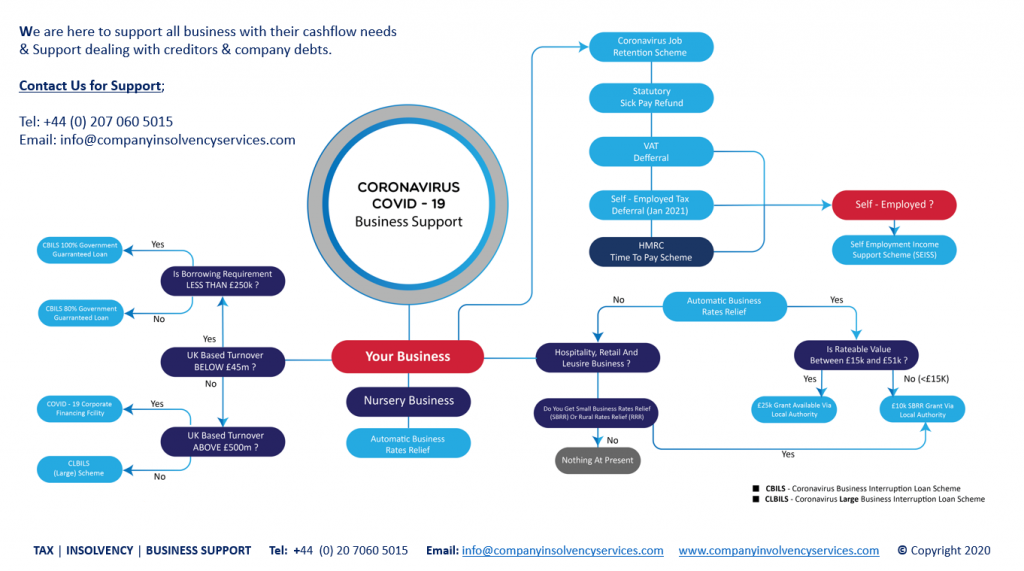Dissolving the Company: What You Need to Know
The process to dissolve and liquidate a company is a complex operation that has various requirements and steps that must be followed.
The dissolution of companies implies their extinction, or what is the same: their disappearance from legal trafficking.
It is the most recommended solution when you want to close a business and cease its activity permanently. Once the liquidation process is complete, the company’s obligations will also cease.
How is the company dissolution and liquidation procedure carried out?
- Jointly in the same act
- Separately, first carrying out the dissolution and the opening of liquidation. Once these procedures are completed, the company is liquidated, subsequently canceling the entries in the mercantile registry.
If you choose to do both separately, you should bear in mind that the first phase does not imply the extinction of the company, nor the disappearance of the link of partners.
1) The dissolution: cause and registration
The dissolution of a company may occur for various reasons contemplated by the company Bylaws of the Capital Companies Law, highlighting:
- General Meeting of Partners Agreement
- Full cause
- For the course of the term established by statutes
- Within one year from the adoption of the capital reduction agreement below the legal minimum
- Verification of legal or statutory cause, among others:
- For the cessation of the exercise of the activity of the corporate purpose
- Due to the manifest impossibility of achieving the social purpose
- Due to paralysis of the corporate bodies
- For losses that reduce net worth to less than half of the share capital
- Capital reduction below the legal minimum
- For other reasons established in the statutes
The dissolution of the company must be formalized by means of a public deed before a notary and registered in the Mercantile Registry corresponding to the domicile of the company and its publication in the Official Gazette of the Mercantile Registry.
Also Read: How to Dissolve a Limited Company?
2) Liquidation of the company
Once the dissolution is agreed, the liquidation period of the company begins, whose main characteristics are:
- Its legal personality is maintained, but it suspends the ordinary activity of the company
- With the opening of the liquidation period, the administrator of the same ceases his position and ceases to be the representatives of the company. The liquidators of the company are appointed in the same act , who assume all the functions of the administrators.
- The people in charge of carrying out this liquidation process and representing the company are the liquidators designated in the statutes or appointed by the general meeting.
- The main obligations of the liquidators are, among others, to ensure the integrity of the social heritage as long as its distribution does not take place. Prepare inventory and final balance, carry out the necessary operations for the liquidation, receive the social credits and pay the social debts, keep the accounting and guard the books and documentation of the company, inform the partners and creditors of the liquidation process, etc.
- The company that is in this phase must add to its corporate name the expression “in liquidation” .
The purpose of the liquidation period is the distribution of the equity resulting from it among the partners, once the outstanding credits have been collected and the debts of the company have been paid.
The liquidation operations of the company, in accordance with that established in its Bylaws, and the applicable legislation, will be carried out by the liquidators from a Balance and Inventory of the company on the date of dissolution , and will carry out those operations pending and necessary for settlement:
- Recovery of claims of society
- Payment of the debts of the company
- Disposal/sale of the assets of the company
- Any other necessary to carry out the liquidation of the company
3) Holding of general meeting of partners
Approval of Final Balance, reading of Report of liquidation operations and Proposal of division of social assets. Approval of the operation.
Concluded the liquidation operations, the General Meeting of partners will be held for the approval of the Final Liquidation Balance , together with a complete Report of the liquidation operations , as well as the proposed division of the resulting social patrimony between the partners, depending on what the Bylaws determine, or failing that, proportional to its participation in the capital stock.
4) Public deed. Registration in the Mercantile Registry
Once the dissolution and liquidation processes are completed, the liquidators must grant a public deed of the adopted agreements of extinction of the company before a notary .
This will be registered in the Mercantile Registry , and the cancellation of the registry entries of the company will be recorded in it.
Once the entire operation has been completed and the company seats have been canceled, the company will lose its legal personality, and therefore, will be extinguished for all purposes .
5) Taxation of the operation
The taxation of the operation will be carried out by the Tax of Patrimonial Transmissions and Documented Legal Acts in its modality of Corporate Operations, which will be paid by the partners based on the liquidation fee received by each one ( 1% ).
When should I dissolve the company?
Dissolution is one of the most delicate moments in the life of a society, not doing it well can be very expensive.
The companies can be dissolved by the existence of legal or statutory cause, verified by the Board of Members or by judicial resolution.
Once the dissolution agreement is adopted, the liquidation period begins. The dissolution does not suppose the legal extinction of the company, but only paralyzes its activity; the company continues “alive” giving way to the liquidation period with the appointment of liquidators whose purpose is to realize the social asset and, if possible, pay creditors.
Effects of dissolution:
Therefore, the effects of the dissolution of the company can be summarized as follows:
- Suspension of business activity.
- Opening of the settlement period.
- Resignation of the administrators, who are replaced by the liquidators.
How to urge the dissolution of the company:
- The dissolution must be agreed at the General Meeting of Partners, which must be called by the Administrative Body, when there is a legal or statutory cause of dissolution, within a maximum period of two months.
- In addition, any member can request the General Meeting to call the General Meeting if any of these causes occurs and the administrators do not call it.
- If the Administrative Body does not convene the Meeting, the dissolution of the company’s registered office may be requested before the Commercial Judge.
Responsibility of the administrator:
If, despite the fact that the company is in the process of dissolution, the administrators do not comply with their legal obligations and do not call a meeting of partners for this purpose, they may be declared jointly liable for the social debts that arise after that date.
Therefore, the administrators of the company must be alert to any of these circumstances and adopt the appropriate measures to avoid damages to the partners and creditors.



